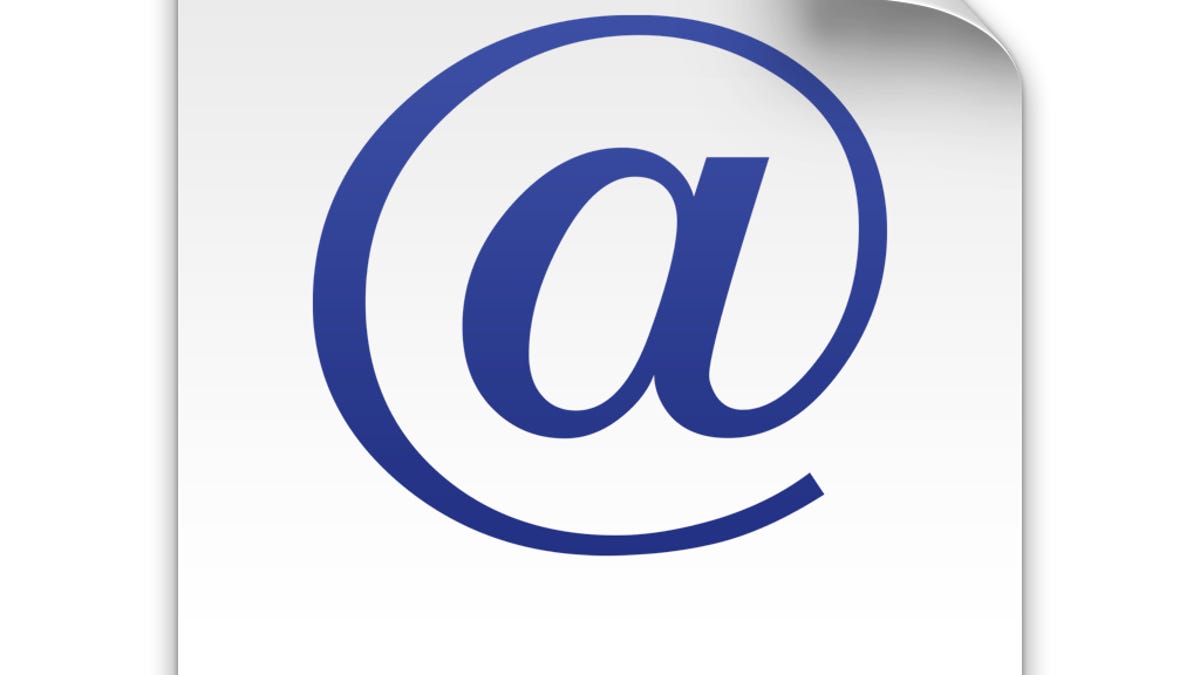Manage webloc shortcut files in OS X
Besides using bookmarks, you can store URLs in individual files in OS X.

One of the features that OS X supports is the creation of URL links in the Finder, which much like aliases for files and folders provide a means of loading a particular Web page or other Web resource. Browser bookmarks and favorites are perhaps a more thorough and convenient way to manage your frequently accessed URLs, but the ability to access links via the Finder is still an option that might be useful to some.
To create a URL link, simply select the URL (or the favicon next to the URL) in the address field for your Web browser and drag it to the Desktop or to another folder in the Finder. This action will create an OS X property list XML file that contains the URL, and will append the filename suffix ".webloc" to it.
From here you can collect the link files in a folder or another location for easy access.
Webloc files will open the default Web browser and load the targeted Web page in a new window. For most Macs, this will be Apple's Safari Web browser, but you can adjust this to be another browser if needed. To do this, get information on the webloc file and in the "Open With" section choose another browser to handle the file. If you would like all webloc files to open in a particular browser by default, then once you have selected this browser, click the "Change All..." button.
While bookmarks may still be preferable, webloc files can be useful, especially for testing Web sites. By creating multiple webloc files for a single page, you can assign a different browser to open each. This way, you can quickly select and open all of the webloc files, loading the site of interest in multiple browsers.
Questions? Comments? Have a fix? Post them below or
e-mail us!
Be sure to check us out on Twitter and the CNET Mac forums.

